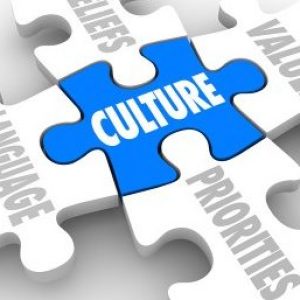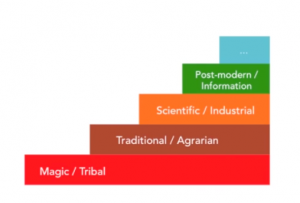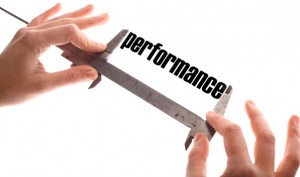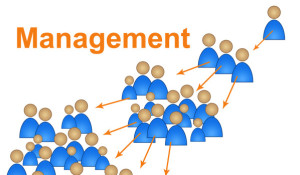
How to Organize Work: 2 Modern Methods
New ways of organizing work are emerging, as Frederic Laloux explains in Reinventing Organizations: A Guide to Creating Organizations Inspired by the Next Stage of

New ways of organizing work are emerging, as Frederic Laloux explains in Reinventing Organizations: A Guide to Creating Organizations Inspired by the Next Stage of

I’ve been reviewing the history of organizations for a good reason. For a long time now, as a consultant to businesses, I’ve wondered if we

The way we work isn’t working anymore. In my consulting and coaching work, I hear complaints not only from employees, but also from managers. Some

What happens when you manage people by asking questions? If you’re a boss, then asking questions of the people you’re in charge of has definite

When it comes to managing performance, managers have their work cut out for them. Few employees feel their manager excels at even the most basic

I’ve been reading and blogging about how to develop your strengths at work, and as a manager, how we need to focus on developing the

One of the most important decisions companies make is whom they name manager. Unfortunately, a new survey by the Gallup organization reveals that only one

I’ve been writing about how managers can avoid under managing by more effective management conversations: highly structured, high substance conversations. How can we describe how

If the majority of busy managers aren’t sufficiently engaged in effective conversations about basic management tenets, what are they doing? None of the managers I

As a manager, how do you prevent under managing, and still empower your people? I’ve been posting about what’s called the “Under Management Epidemic,” here

Join Nancy as she talks with Meredith Hirsh, her client, on her podcast, Working Healthcare. Learn when to seek a therapist versus a coach and

Listening may be the most difficult skill to master when communicating effectively. But master it, we can! The non-verbal part of communicating is the most

How do you test your leadership insights? “Innovation is seeing what everybody has seen and thinking what nobody has thought.” ~ Dr. Albert, Szent-

An organization’s health is only as sound as its leader’s decisions. Some companies prosper from wise leadership directions, while others struggle after flawed choices—choices that







